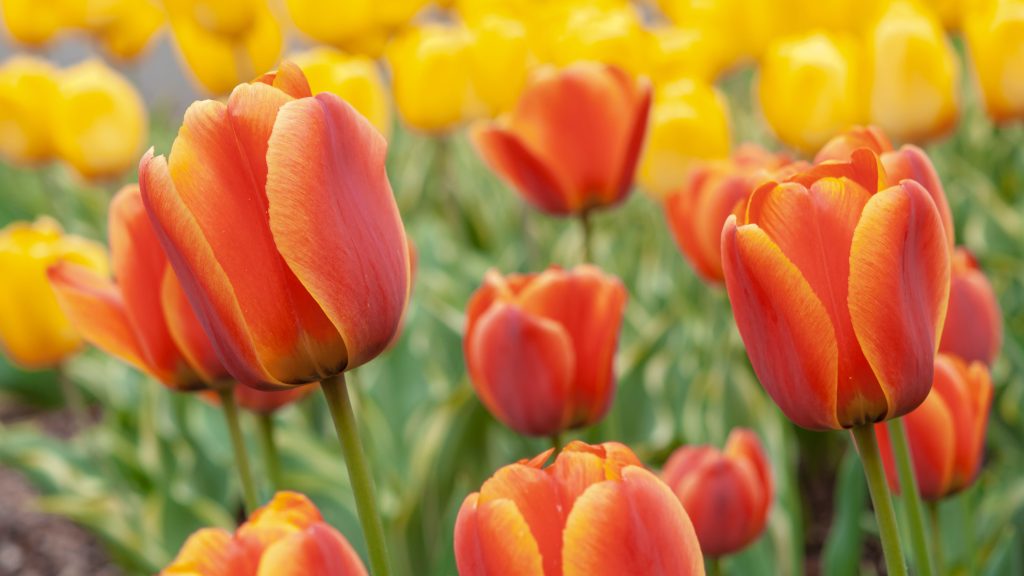
When to plant tulips? Know the correct time
If you are not very clear about how and when to plant tulips, do not worry, we will explain it to you in this article. Tulips are probably the most coveted bulbs for gardening enthusiasts and, with the right knowledge, we can plant them in our home without any problems. Although there are different varieties of tulips such as the Botanical tulip, Crispa, Darwin, Flor de Lys, Kaufmanniana or Greigii, all are planted in the fall so that they bloom in spring.
When to plant tulips: The arrival of spring
When the shoots have reached 5 cm in length it will be time to remove the black cover and move the pots to a slightly brighter (indirect light) and warm (about 13 ° C) room. We wait for the leaves to take on color (it can take from 3 days to a week). Finally, we move to the final location with direct light and a temperature of approximately 20 ° C: flowering will take place a month later.
Thank you for watching
In the Northern Hemisphere, the time for sowing tulips runs from September to January, with the central autumn months being the most common.
We have to bear in mind that tulips can be sown with a universal substrate and that we must bury them in a pot or directly in the ground, 8 cm deep. Between each tulip bulb, we will leave a distance of 15 to 20 cm.
Finally, we have to bear in mind that for our tulips to bloom between April and May, they need us to place them in a sunny place. After planting the tulip bulbs, we have to monitor the soil periodically and always keep it moist.
In cold places, however, an initial watering is sufficient until the moment they begin to sprout. You can see the step by step of how a bulb is planted here.
Planting tulip bulbs
In the Southern Hemisphere, tulips are planted in autumn, from the beginning of April to the end of June, so that they bloom mainly in the months of September and October.
It is important that the bulbs go cold so that they break dormancy. Buying locally grown bulbs is also recommended, as imported ones may take other cycles and not finish flowering in all locations.
The forcing of tulips
tulips on the ground December, at florists, nurseries and even supermarkets, it happens to see some beautiful vases with a large number of flowering bulbs: the most classic is the hyacinth, but snowdrops, daffodils, crocuses and tulips are also easily found. We want them in our homes because they herald the arrival of summer: a common practice here, but even more widespread in the countries of Northern Europe, where winter is very long and the arrival of spring is experienced with enthusiasm. It is in these areas that the technique of forcing the bulbs has been refined.
How forcing works
The forcing technique consists of simulating a fast passage of the autumn and winter season and then the arrival of heat and light. In general, the process takes 13 to 17 weeks (approximately 3-4 months), from purchase to the start of flowering. This means that, if we want to use the vases as a decoration for Christmas, it will be good to leave between September and October.



